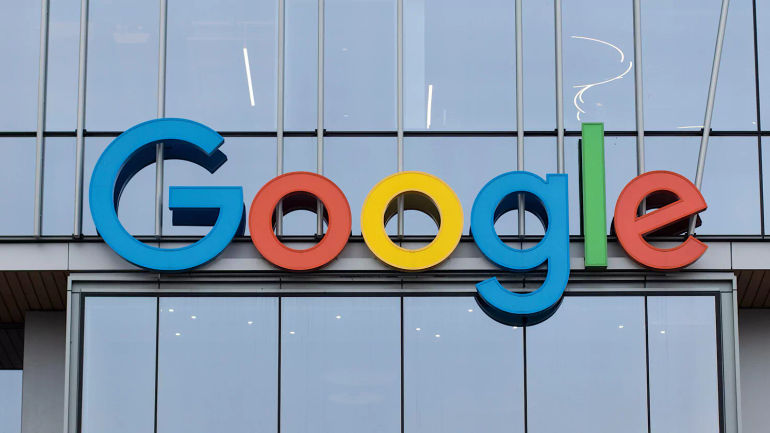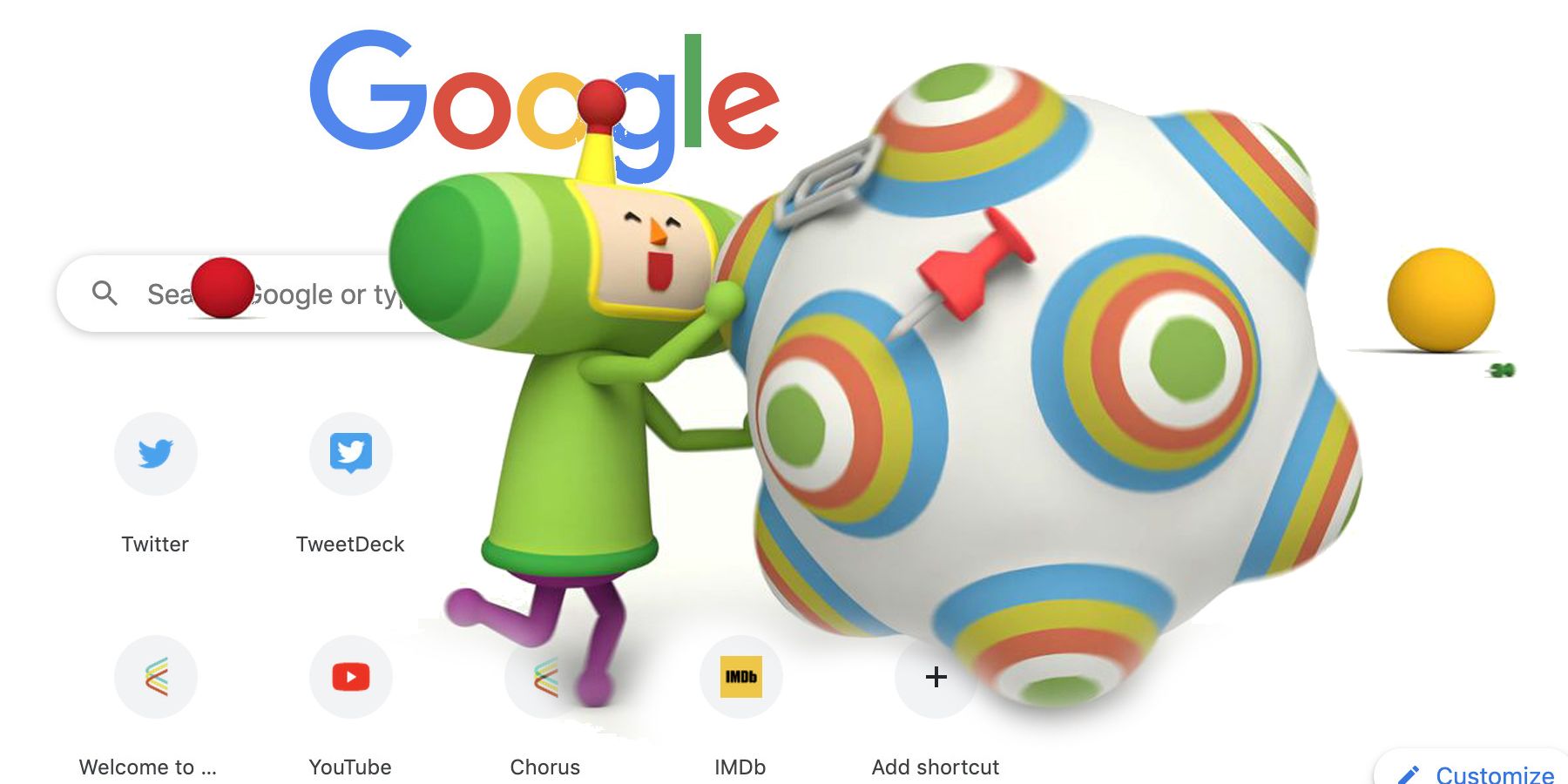
Google Introduces New Ad Format 'Ad Intentions' for Enhanced Sponsored Links

Discover how Google introduces 'ad intentions' format to embed sponsored links in publisher content, opening up new revenue streams.
Google recently introduced a new format called "ad intents" for its Auto ads program. This format includes links and anchors that are integrated into publishers' site content. These links and anchors are used to display contextual ads and search results in dialog boxes.
The ad intents format is designed to show ads and information that match the content of the page and the interests of the visitor.
When visitors click on the links or anchors that are generated dynamically, a popup window will appear showing organic search results and related ads.
Google explains in its support documentation:
“Ad intents works by scanning your pages for opportunities to help your users find something they might be looking for.
Ad intents automatically convert existing text on your page into links and add anchors at the bottom of your page based on user interests.
Publishers now have the opportunity to earn revenue through a revenue-share model with the new format. Website owners receive payment every time a visitor clicks on an ad within the ad intents dialog boxes.
Google is expanding ad intents to align with its strategic shift towards using more privacy-friendly ad targeting technologies while phasing out support for third-party cookies. The company promotes the new format as delivering highly relevant ads that do not depend on third-party cookies.
Enabling Ad Intents
The ad intents functionality is opt-in for Google AdSense publishers.
You can adjust the setting in your AdSense dashboard by going to “Auto ads” and then selecting “Intent-driven formats.”
Publishers have the option to turn on or off the “ad intent links” and “ad intent anchors” individually.
To implement the new ad units, you must accept Google’s updated terms of service and policies.
Backlash & Criticism
Google recently introduced ad intents as a means to help publishers earn more money. However, this move has faced criticism from some publishers who are concerned that it may lead to a decrease in traffic to their websites.
One user on X (formerly Twitter), @darth_na, shared their thoughts on the matter.
Are you really trying to steal site visitors and send them back to Google, on top of taking traffic from other sites in search results?
In response to these worries, Google Ads Liaison Ginny Marvin reassured that the ad intents program is voluntary and pop-up dialog boxes can be closed, keeping visitors on the original site.
This new format is opt-in and entirely optional for publishers.
Publishers can opt in to ad intent links which converts existing text on their page into links.
There's also an option to use ad intent anchors which place anchors at the bottom of your page.
When a user closes an…
— AdsLiaison (@adsliaison) April 16, 2024
The new ad intents format is now being implemented on websites with auto ads enabled through Google AdSense.
Why We Care
The ad intents format is new monetization opportunity for websites that have implemented Google’s Auto ads.
Ad intents have the potential to boost publishers' earnings more than traditional contextual ad placements by utilizing signals of visitor intent from the content of a page.
On the other hand, incorporating sponsored links and anchors into publisher content raises concerns about maintaining editorial control and potential user experience problems, like an overwhelming amount of ad interruptions.
The new format is notable because Google is shifting towards more privacy-centric targeting as it moves away from cross-site tracking cookies.
How This Can Help You
Website publishers should consider if using ad intents is a good fit for their website traffic, content, and monetization goals. It's essential to weigh the potential increase in revenue against the importance of upholding quality editorial standards.
It will be important to assess whether the targeting aligns with your ideal audience intent signals.
Featured Image: Tada Images/Shutterstock
Editor's P/S:
Google's introduction of the ad intents format for auto ads has sparked mixed reactions. While it presents a new monetization opportunity for publishers, concerns have been raised about its potential impact on website traffic and user experience. The format involves dynamically generated links and anchors that display contextual ads and search results in dialog boxes, raising questions about editorial control and ad fatigue.
The shift towards privacy-friendly ad targeting technologies, such as ad intents, is notable as Google phases out third-party cookies. However, it remains to be seen how this new format will balance the need for revenue generation with the maintenance of high-quality content and a positive user experience. Publishers should carefully consider the potential benefits and risks before implementing ad intents on their websites.











